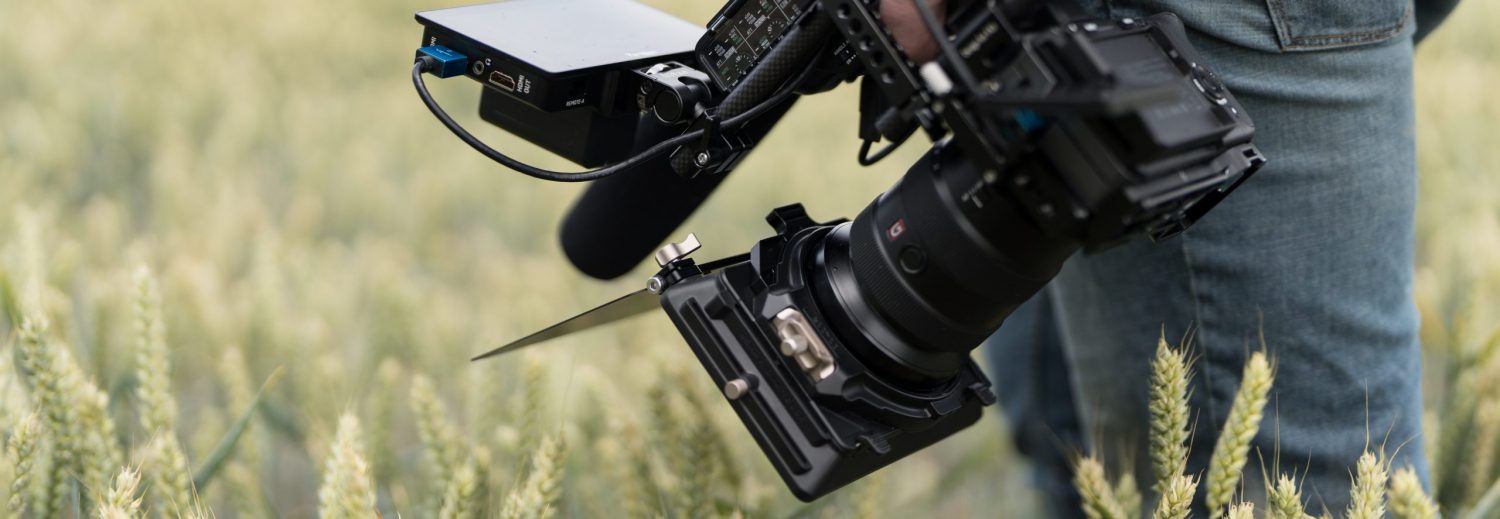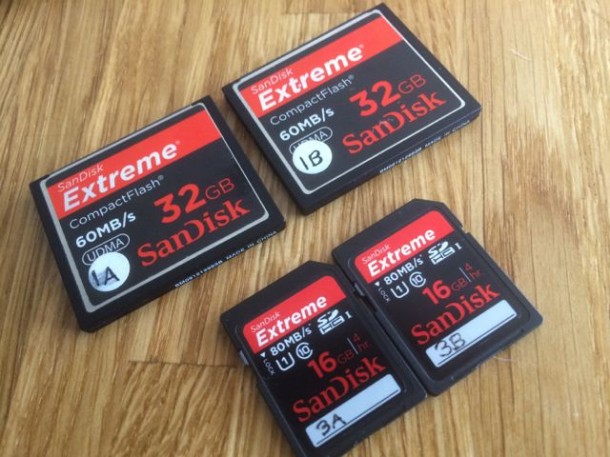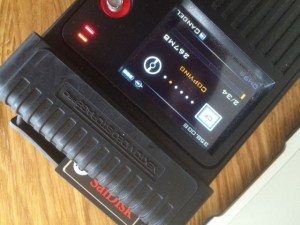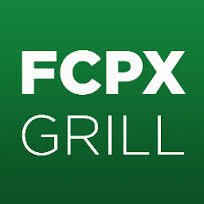My FCPX Location Workflow
It’s been a while since I’ve shared my location workflow and since the release of FCPX 10.1 it’s now a useful tool for ingesting in the field so I thought I’d take a bit of time to detail exactly how I go about managing data when working overseas.
Firstly i’ll list the equipment that I take with me for handling footage. This setup is designed to be as portable and light as possible mainly due to baggage restrictions at airports where every KG counts, especially when you fly using Europe’s budget airlines.
Keeping the kit small
My current kit consists of the following:
11″ Macbook Air
Lacie Rugged Thunderbolt / USB 3 Drive
Toshiba USB Portable drive
Nexto NVS2500
Lexar USB 3 Card Reader
Dual Slot Recording = Dual Benefits
One of the great features on both the Canon C300 and C100 is the ability to record to both card slots simultaneously. I use this feature for all of my shooting, it not only offers protection against loss of footage in case of a card failure but it also allows me to process and backup my data more efficiently.
Connecting everything up
The centre of my setup is the most basic model 11″ Macbook Air. I purchased this little mac just for handling footage but I’ve actually edited in the field with it a few times and it’s been perfectly capable. I normally connect my Lacie Rugged Thunderbolt / USB 3 Drive to the MacBook Air via thunderbolt just because it leaves both USB ports available. If you don’t have Thunderbolt as an option however USB obviously works just as well for the task.
I plug the Lexar USB 3 Card Reader in to one of the USB slots and the other one is used to power my Nexto NVS2500. The Nexto does have a built in rechargeable battery but I prefer to keep it powered via USB during the backup process rather than worrying about how much charge is remaining. Having it powered via the macBook also means one less power brick to worry about.
Ingest & backup
So here’s where shooting to both cards comes in really useful. For each pair of cards I have one goes in to the Nexto which creates a copy of the exact card structure and then verifies it. At the same time the other card goes in to the card reader and I use Final Cut Pro X to import the data from the card into a Library on the Lacie drive. It’s obviously important to make sure both cards contain the same data but if there’s any kind of error or difference between the two at least this way you have the data from both cards.
The great thing about working this way is that FCPX can be left to create it’s optimised media and do any processing required on the footage. I don’t like to have any rendering done by the macBook so I disable rendering but that’s a personal choice, if you like to work with render files then you could also have that process done for you as well. If required I’ll apply a basic set of keywords to the imported clips while they are fresh in my memory from that days shooting.
One big advantage to working within FCPX on location is if i find I have time I can begin making selects within FCPX and save myself some time during the edit stage.
The copy of the cards on the Nexto is really just an emergency backup, If for any reason the data within FCPX is incomplete or damaged then I can revert to the Nexto and perform a fresh import in to FCPX.
FCPX & Time Machine
As more and more data is imported in to the FCPX Library on the Lacie drive and I spend time adding meta data to it I like to also make a backup of that drive to a second drive using Time Machine. The beauty of Time Machine is that it’s able to look within the FCPX Library and only add items that have been added or changed since the last backup.
Moving to the Mac Pro
Once I get back to base the real advantage to using FCPX on location becomes apparent. I simply copy the library file from the Lacie over to the RAID on my Mac Pro, open it up in Final Cut and I can continue making selects or start editing straight away. I don’t have to worry about importing cards and waiting for data to be processed, it’s all there ready to go and because I’ve handled the key wording and meta data on location while it was fresh in my memory I can filter my searches and create smart collections easily.
Keeping the Card Data
Whether I keep the original card media as well as the FCPX libraries varies from project to project, if I do want to keep a copy of the original cards I’ll copy the data from the Nexto. I find that I’m much less inclined to do that these days however, I tend to keep the original media on the Nexto until the project has been completed and signed of by the client, at that point I’m happy to just archive the the FCPX Library and not worry about the original card data.
Once the project has been signed off and delivered I export a Master Pro Res file from each project (timeline) that has been signed off by the client and store those along with the Library File and any other external assets that were used in the project.
I hope that proves useful, if you have any questions just leave a comment.

















Hi Paul
I thought i’d say thanks for posting this info. Its very useful. I’m a freelance video editor by trade but have started shooting and directing more and more stuff.
Not having a proper trained education in filming in the field its really useful to read and study posts like this.
Cheers and keep the posts coming.
Adam
Glad it was useful Adam, thanks for taking the time to comment.
Hi Paul,
Really interesting post. Thanks.
Whilst I don’t record onto 2 cards simultaneously I also us a macbook air to process rushes whilst out on location.
What your workflow guarantees is absolute reassurance that the material is backed up securely. I might well look into following your example!
However I’ve yet to have a problem with my CF cards in the 4 years I’ve been using this system, 2 with the XF305 and 2 with the C300, and they both use the same codex and recording unit.
I import the cards using FCPX which creates a native .mov file and then back up the folder these files are imported onto. I used to use FCP7 to import files and because I thought it did the job faster recently did a time test and there was only a few seconds in it.
I’m interested that you use the Nexto unit, it’s quite a pricy bit of kit for what it does, but within the context of your workflow it seems to make sense.
Regarding data security, I’m currently dealing with the consequence of my Gtech 8TB Thunderbolt drive having malfunctioned. It’s basically broken and whilst most of the files are backed up, some aren’t and I will need to pay £900 to get the data recovered. However Apple, who I bought the drive from, will not give a refund if the unit has been tampered with unless it is through their recommended data recovery company and they have quoted me £600 just to assess the unit and then between £2K and £4K to get the media off.
Gtech will replace the drive with no quibbles at all but I’m trying for a refund so I can put it towards their new Raid system.
So your post inspires me, on top off my recent situation, to adopt a much more thorough approach to data backup.
I will get my C300 back from having the Dual Pixel AF upgrade tomorrow and look forward to trying it out.
Cheers
Mark
Hi Mark.
Yes I agree the Nexto is pretty expensive for what it does, when I got mine it was really for handling SxS cards and compared to other options out there it made a lot of sense but it remains very handy for the CF and SD cards so I’ve got a lot of use out of it.
Sorry to hear about your nightmare with the Gtech unit, I hope you manage to find a solution on that one. I’m actually driving my C300 down to Elstree tomorrow for the DPAF upgrade as well, let me know what you think of it when you get yours back. I rarely use AF but having it when I’m filming from the back of a Harley will be a major benefit.
Thanks for staying in touch
Paul